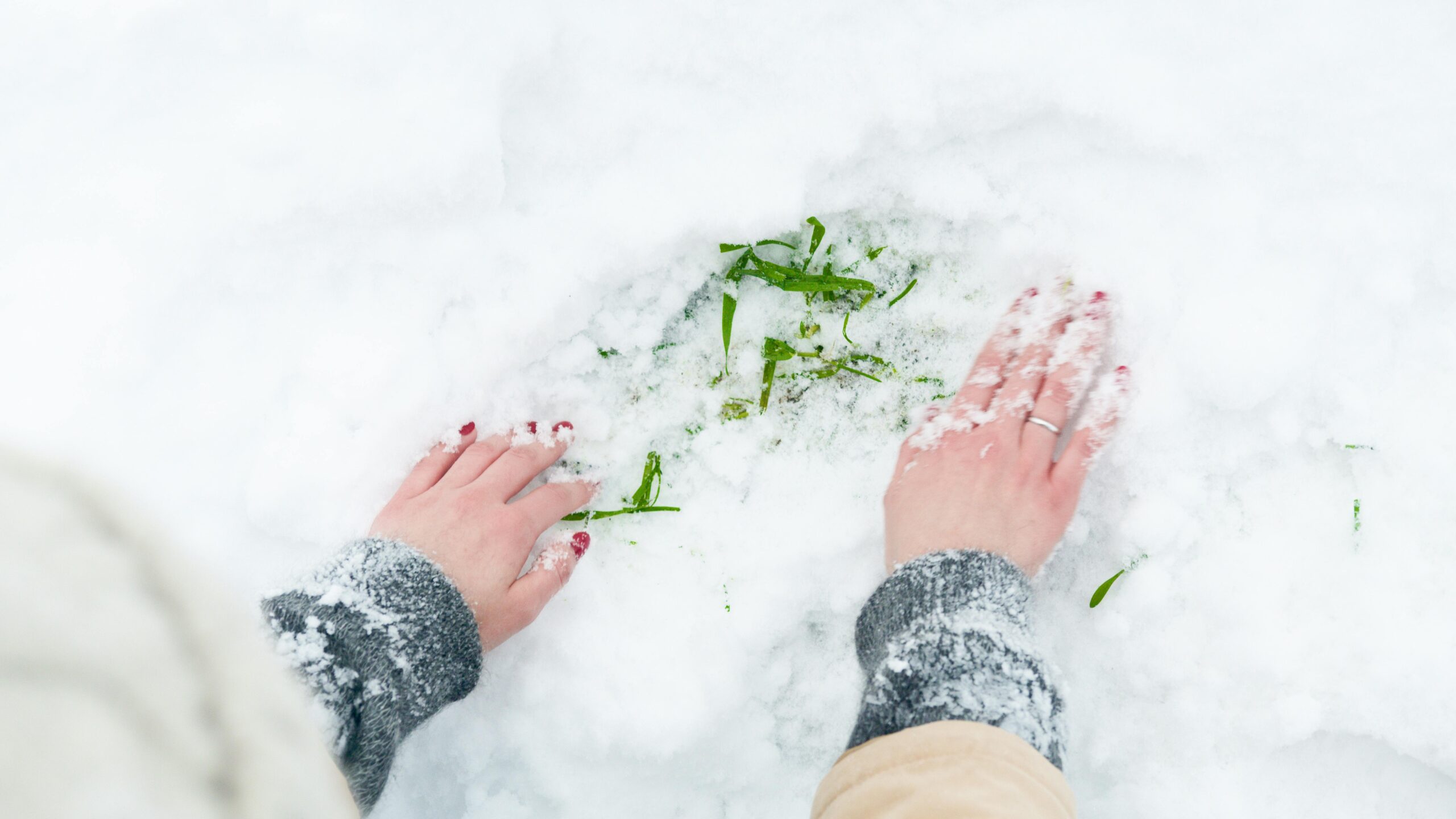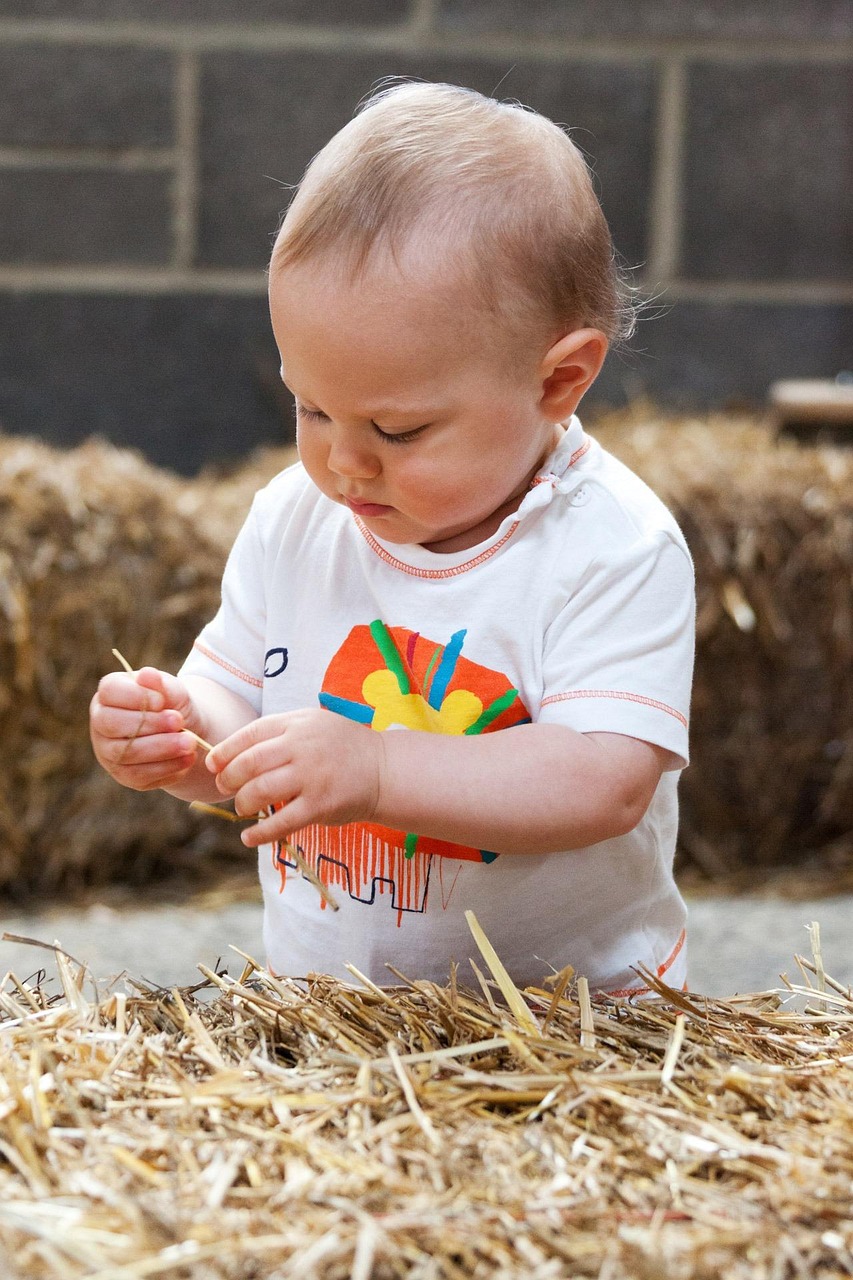Winter doesn’t have to mean the end of your gardening season! With the right crops and a few protective measures, you can grow fresh produce even in the colder months. Many vegetables thrive in chilly conditions, offering sweet, crisp flavors and impressive hardiness. Whether you’re using a hoop house, cold frame, or mulch, here are the best crops for winter outdoor gardening to keep your harvest going all year long.
1. Kale – The Cold-Weather Champion
🥬 Why Grow It?
Kale becomes sweeter after a frost, making it one of the most delicious and cold-hardy greens for winter gardens. It withstands temperatures as low as 10°F (-12°C) with minimal protection.
❄ Winter Growing Tips:
- Use row covers or cold frames for extra protection in extreme cold.
- Harvest outer leaves first, allowing the plant to keep producing all season.
2. Spinach – A Frost-Resistant Superfood
🥗 Why Grow It?
Spinach grows slowly in winter, but it survives temperatures below freezing and thrives in low light conditions.
❄ Winter Growing Tips:
- Mulch heavily to protect roots from hard freezes.
- Pick baby leaves for a tender, fresh winter salad.
3. Carrots – The Sweet Root Vegetable
🥕 Why Grow It?
Carrots actually taste sweeter after a frost, as the cold converts starches into sugars. They stay fresh in the ground all winter long when properly covered.
❄ Winter Growing Tips:
- Mulch heavily with straw or leaves to prevent the ground from freezing solid.
- Harvest as needed, pulling up only what you plan to use.
4. Garlic – Plant in Fall for a Spring Harvest
🧄 Why Grow It?
Garlic overwinters beautifully, putting down strong roots before going dormant in deep winter and bursting into growth in early spring.
❄ Winter Growing Tips:
- Plant in late fall, 4-6 weeks before the ground freezes.
- Mulch well with straw to protect the bulbs.
5. Swiss Chard – A Hardy, Colorful Green
🌿 Why Grow It?
Swiss chard tolerates frost well and adds vibrant color to winter gardens. Though not as tough as kale, it can survive down to 15°F (-9°C) with some protection.
❄ Winter Growing Tips:
- Use a cold frame or row cover for best results.
- Harvest outer leaves and allow the plant to keep growing.
6. Mache (Corn Salad) – The Ultimate Cold-Weather Green
🥗 Why Grow It?
Mache is one of the most cold-tolerant greens, thriving in temperatures as low as 5°F (-15°C). It has a mild, nutty flavor and requires little maintenance.
❄ Winter Growing Tips:
- No protection needed in mild winters; use row covers in harsh climates.
- Harvest small rosettes for fresh salads all winter long.
7. Brussels Sprouts – Cold-Weather Flavor Booster
🥦 Why Grow It?
Brussels sprouts actually taste better after a frost, as the cold enhances their natural sweetness. They thrive in cool weather and can last deep into winter.
❄ Winter Growing Tips:
- Harvest sprouts from the bottom up, leaving the top for continued growth.
- Use mulch or row covers to protect against extreme cold.
8. Leeks – A Low-Maintenance Winter Crop
🧅 Why Grow It?
Leeks tolerate freezing temperatures and remain harvestable throughout winter, making them an excellent choice for cold-season soups and stews.
❄ Winter Growing Tips:
- Hill soil around the base for extra insulation.
- Harvest as needed, since leeks stay fresh in the ground.
9. Cabbage – A Resilient Winter Staple
🥬 Why Grow It?
Certain cabbage varieties are cold-hardy and can survive temperatures as low as 20°F (-6°C). They store well, making them a winter garden essential.
❄ Winter Growing Tips:
- Use straw mulch to insulate the roots.
- Harvest outer leaves first for continuous production.
10. Winter Radishes – Crisp and Hardy
🌱 Why Grow It?
Winter radishes, like Daikon and Black Spanish radishes, store well in the soil and add spicy, crisp flavor to winter meals.
❄ Winter Growing Tips:
- Mulch heavily to prevent the ground from freezing solid.
- Harvest as needed, or store them in the fridge for months.
How to Protect Your Winter Crops
Even the hardiest crops benefit from extra protection in cold climates. Here are a few ways to keep your garden thriving:
🏡 Cold Frames – Mini greenhouses that trap heat and protect plants.
🌿 Row Covers – Lightweight fabric that shields crops from frost and wind.
🍂 Mulching – Straw, leaves, or wood chips insulate roots and prevent soil from freezing.
🌱 Hoop Houses – A DIY solution for extending the growing season.
Conclusion
Winter gardening isn’t just possible—it’s rewarding and productive! With the right selection of cold-hardy crops and protective techniques, you can enjoy fresh vegetables all winter long. Whether you’re growing kale, leeks, or winter radishes, your garden can continue providing nutritious, homegrown food even in the coldest months.
Call to Action:
Which winter crops are you growing this season? Share your tips and experiences in the comments below, and don’t forget to subscribe for more gardening and homesteading inspiration!




Leave a Reply